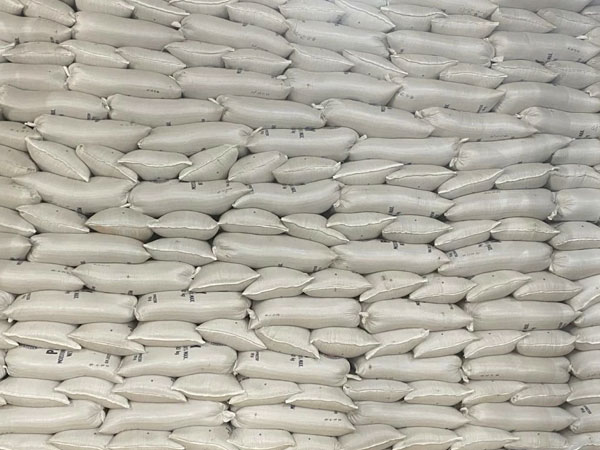 Last February 20, the Philippine Statistics Authority (PSA) released its rice stocks inventory estimates. PSA said that the country had 2.156 million tons of rice as of January 1, 2025, or only 128,740 tons higher than its stock position a year ago on January 1, 2024.
Last February 20, the Philippine Statistics Authority (PSA) released its rice stocks inventory estimates. PSA said that the country had 2.156 million tons of rice as of January 1, 2025, or only 128,740 tons higher than its stock position a year ago on January 1, 2024.
Local palay production in 2024 declined by 972,427 tons, equivalent to 612,628 tons of rice. That year, the country imported almost 4.78 million tons of rice, or about 1.2 million tons more than what it bought abroad in 2023. So, the decline in domestic output was more than offset by imports by some 600,000 tons.
If food consumption and all other factors basically remained unchanged much last year, we should have ended 2024 with around 600,000 tons more than our beginning stocks in January of said year. But PSA says the year-end stock level carried over to 2025 grew by just 128,740 tons.
More precisely, using PSA figures for production and beginning inventory, Bureau of Customs (BOC) data for imports, and Department of Agriculture (DA) factors in computing usage for seeds, industrial purposes, feeds and waste, and food consumption (37,500 tons per day), the 2024 ending inventory comes out to be 3.66 million tons.
This derived inventory is 1.5 million tons, or 41 percent, higher than PSA’s figure of 2.156 million tons. It implies that we ended 2024 with almost 98 days of rice supply, whereas PSA data say we only had about 58 days when we started 2025.
Whom should we believe? What data should government policy makers use when making decisions about imports, rice and palay prices, and even the declaration of food security emergencies?
The only way that the 2025 starting inventory would match PSA’s estimate of 2.156 million tons is if either domestic production dropped, or consumption rose.
Domestic rice production would have to fall to 10.3 million tons for the figures to add up. That means that palay production in 2024 would have declined to 16.4 million tons, or a huge 18 percent drop from the 2023 production of 20 million tons.
If output figures are unchanged, national rice consumption would have to increase by 11 percent from 37,500 to 41,625 tons per day, so that we can arrive at PSA’s ending stock estimate of 2.156 million tons.
Again, what really happened?
If domestic output did decrease by 18 percent, DA should urgently review and revise its rice production programs, which receive almost half of the total DA budget and get supplemental support from the Rice Competitiveness Enhancement Fund (RCEF) under the amended Tariffication Law (RTL). On the other hand, an increase in consumption in 2024 is highly unlikely, because unduly high rice prices then would have dampened demand.
Clearly, significant discrepancies exist in official government data on a critical commodity like rice.
A similar situation is likely happening with other major food products like corn, meats, and vegetables.
We have flagged these discrepancies before, but PSA’s data problems keep recurring every year.
How can we make correct decisions, if we keep getting inaccurate and conflicting information?
Raul Montemayor is the FFF National Manager.














© Copyright 2025 The SSResource Media.
All rights reserved.